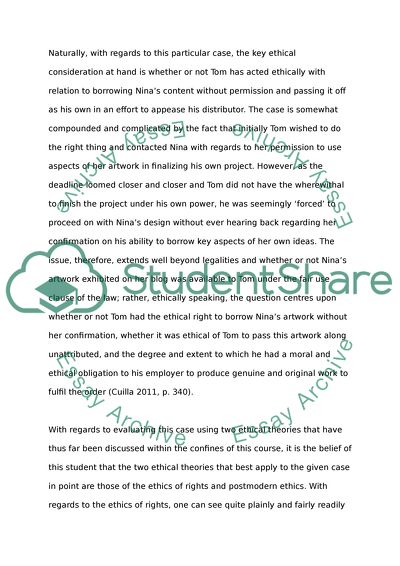Cite this document
(Application of Ethical Theory: Business and Society Case Study, n.d.)
Application of Ethical Theory: Business and Society Case Study. Retrieved from https://studentshare.org/ethics/1466273-business-and-society-business-ethics-application
Application of Ethical Theory: Business and Society Case Study. Retrieved from https://studentshare.org/ethics/1466273-business-and-society-business-ethics-application
(Application of Ethical Theory: Business and Society Case Study)
Application of Ethical Theory: Business and Society Case Study. https://studentshare.org/ethics/1466273-business-and-society-business-ethics-application.
Application of Ethical Theory: Business and Society Case Study. https://studentshare.org/ethics/1466273-business-and-society-business-ethics-application.
“Application of Ethical Theory: Business and Society Case Study”, n.d. https://studentshare.org/ethics/1466273-business-and-society-business-ethics-application.


